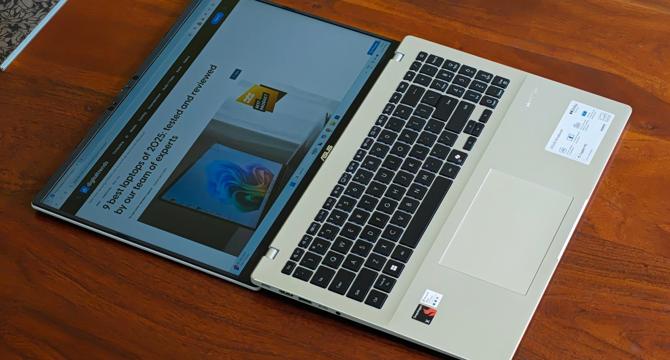Digitaltrends
1M
179

Image Credit: Digitaltrends
Windows on Arm vs Intel: Which laptop platform is right for you?
- Windows laptops powered by Qualcomm Snapdragon processors are now challenging Intel-based laptops in the market.
- Windows on Arm project aims to offer snappy performance and long battery life in thin and light laptops like Asus ZenBook A14 and Dell XPS 13.
- Apps built for Intel-based PCs can run on Arm-based Windows laptops through an emulation layer called Prism, with some performance impact.
- Windows on Arm laptops excel in wake-up speed, productivity tasks, and battery life, making them suitable for office work and basic creative apps like Adobe suite.
- These laptops are efficient with AI tools and suit general business and student use, except for tasks requiring heavy graphics or specialized software.
- On the other hand, Intel-based laptops are preferable for gaming and tasks needing custom drivers, printing utilities, or high-performance graphics for CAD and video editing.
- Windows on Arm laptops have limitations in graphics performance and scalability, making them less suitable for demanding gaming or professional creative work.
- For affordability and hardware versatility, Intel-based laptops are a better choice, as Windows on Arm laptops are still priced higher and lack certain performance capabilities.
- While Windows on Arm offers good battery life and productivity performance, Intel-powered laptops are more suitable for gaming, heavy graphics work, and demanding software applications.
- Ultimately, the choice between Windows on Arm and Intel laptops depends on the user's specific needs, budget, and performance requirements.
Read Full Article
10 Likes
For uninterrupted reading, download the app